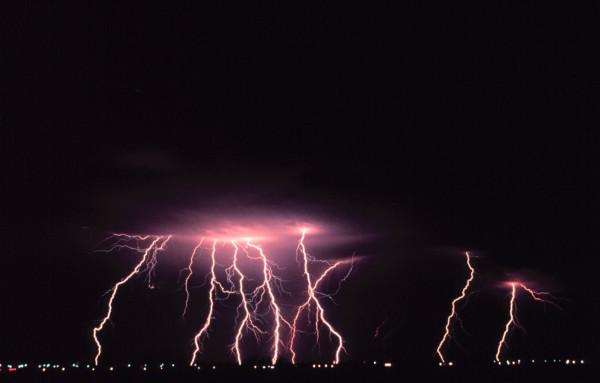Financial meltdowns are generally not caused by completely unexpected shocks.
Typically, warning signals are visible to those close to the action who know where the fragilities are. The problem is we may not know how to act pre-emptively, or don’t want to move first for fear of disproportionately adverse outcomes for our business, sector, or nation.
As futurists, our role is to help leaders address these issues by exploring the factors shaping the future, thinking the unthinkable about potential shocks, and examining how these might all combine into different scenarios.
Here, we focus on potential shock factors that could combine and accelerate, leading to a financial Armageddon scenario. We go on to explore actions financial advisers can take to help prepare and protect their clients.
1) New systemic risks
The 2007 to 2008 meltdown led to a raft of new legislation and controls. However, while some high risk products and questionable practices may have been stamped out, there are concerns that a range of even more devastating financial time bombs lie ticking under the surface.
These start with relatively well known concerns like unserviceable personal, corporate and national debt, heavily debt-exposed banks, and pension fund deficits.

The UK economy could nosedive into a multi-year recession.
The challenges extend to newer and more exotic flavours of risk emerging from artificial intelligence (AI) and blockchain-based products and services that are difficult to comprehend and regulate.
These include highly complex algorithmically generated and traded assets and volatile, bubble-like markets for crypto-currencies, initial coin offerings (ICOs), tokenised asset offerings, and entirely digital decentralised autonomous organisation (DAO) trading entities.
2) The rush to FinTech
An economic downturn could see accelerated movement of funds into the new asset classes and digital product and service platforms emerging across financial sectors.
The FinTech boom is accelerating and expanding its focus from platforms to new asset classes, as outlined above, attracting billions of dollars from traditional investors and newcomers.
The mainstream financial services sector has been left somewhat flat-footed by FinTech and is seeing competitors offering traditional services at a fraction of the cost.
The spectrum of offerings gaining include algorithmic hedge funds (such as Numerai), crowdfunded corporate debt (WiseAlpha), peer-to-peer lending (Lending Crowd, Zopa), digital banks (Monzo, N26), financial advice (Pefin), robotrading (Collective2), and copy trading (Covesting).
3) Trade wars, sanctions and a global stock market meltdown
A significant expansion of the trade conflict between the US and China could lead to dramatic revenue reduction, stock market collapses, and job losses in both economies and spread globally.
This could be exacerbated through wider sanctions against Russia, Iran, Qatar, and other nations challenging the 'world order'.
4) Escalation of armed conflict and instability












